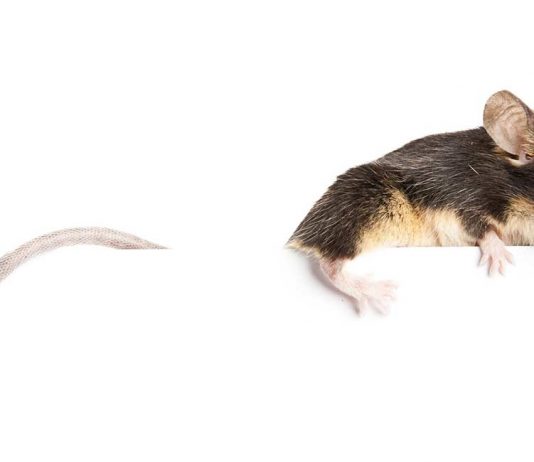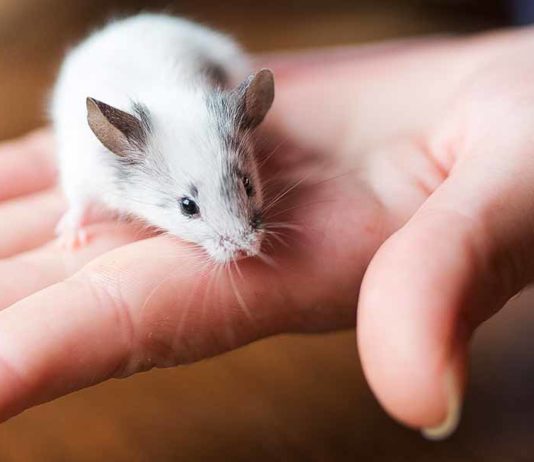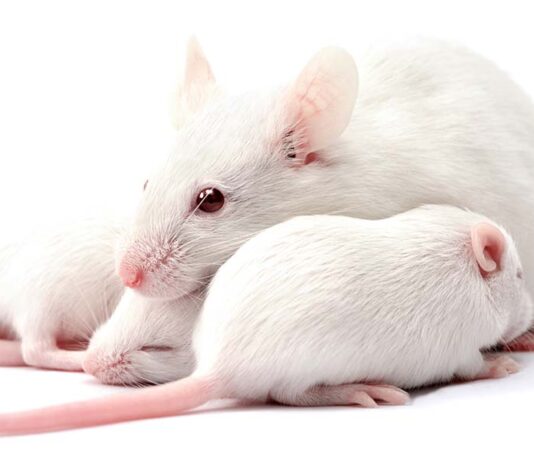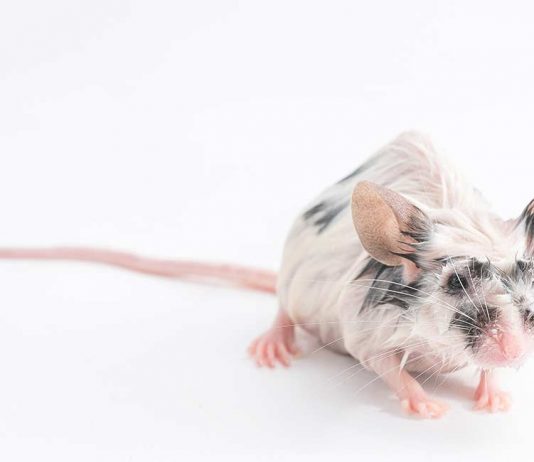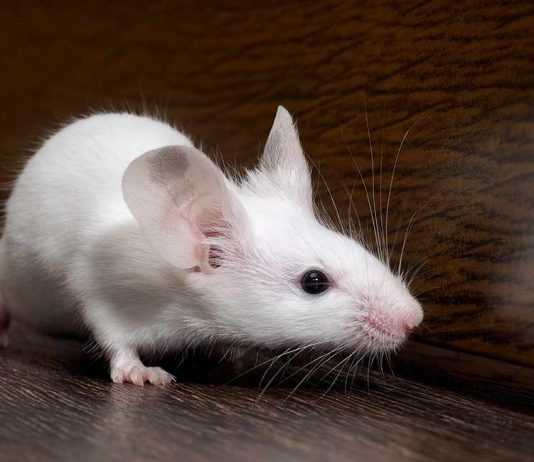Can mice climb? Mice have some amazing athletic skills. As it turns out, climbing is one of them! Mice can climb very well, which explains why they end up in surprising places. Today we'll look at how well mice climb, and what surfaces they are...
Pet mice are friendly, affectionate, active little pets. Small, easy companions they are entertaining and cute pets for any sized home. Today we'll look at where and how to cage your pet mice. We'll give you top tips for their diet, exercise and taming baby...
A pregnant mouse carries her babies for three weeks, before giving birth in her nest.
Pet mice might become pregnant as part of a planned breeding program. Or by accident because two cage mates were incorrectly sexed.
Either way, a pregnant...
Can mice swim?
Mice are adorable creatures. They’re tiny, soft, and surprisingly social.
If you search “mice swimming” on YouTube, you will find tons of videos of cute surfing mice, mice swimming in tiny mouse-sized pools, and plenty of mice taking a bath.
You might have a mouse of your own, and...
If you have a mouse, you definitely need the best mouse cage: a mouse running about the house is a bad idea indeed!
It just isn't safe, not to mention sanitary, for mice to have free rein of your floor space.
Plus, all house pets, including small critters like mice, need...

